The Amazon rainforest, long celebrated as the planet's "lungs," is now sending distress signals that have scientists and environmentalists deeply concerned. Recent studies suggest this vast ecosystem may be transitioning from a carbon sink to a carbon source—a shift that could accelerate global climate change. The implications are staggering, not just for South America but for the entire world's climate system.
For decades, the Amazon absorbed more carbon dioxide than it released, playing a crucial role in mitigating climate change. Its dense vegetation stored an estimated 123 billion tons of carbon—equivalent to about a decade of global human-made emissions. However, groundbreaking research published in Nature Climate Change reveals that portions of the eastern Amazon now emit more carbon than they absorb, particularly during drought years. This reversal stems from increasing deforestation, rising temperatures, and more frequent wildfires.
The tipping point alarm isn't just theoretical—satellite data shows concrete evidence. Between 2010 and 2019, the Brazilian Amazon released 16.6 billion tons of CO2 while absorbing only 13.9 billion tons. The eastern region, which has lost nearly 30% of its forest cover, behaves like a net emitter even in non-drought years. Meanwhile, the western Amazon—still relatively intact—continues functioning as a carbon sink, though its capacity is weakening.
Deforestation plays a starring role in this dangerous transformation. Brazil's National Institute for Space Research (INPE) reports that forest clearance hit a 15-year high in 2022, with over 13,000 square kilometers destroyed—an area larger than Jamaica. Each felled tree not only stops absorbing CO2 but also releases stored carbon as it decomposes or burns. The situation worsened during Jair Bolsonaro's presidency, when enforcement of environmental laws weakened, though the current administration has pledged stronger protections.
Climate change itself creates a vicious cycle. Rising temperatures (the Amazon has warmed by 1-1.5°C since 1980) and altered rainfall patterns stress trees, making them more susceptible to disease and less efficient at photosynthesis. Droughts—now more severe and frequent—turn the rainforest into tinderboxes. The 2015-2016 El Niño event, for instance, triggered emissions equivalent to a full year of India's CO2 output from fossil fuels.
Indigenous communities, who have sustainably managed these forests for millennia, sound the loudest warnings. "The white man's economy is killing the Amazon," says Nara Baré, former coordinator of Brazil's Indigenous Organizations Coalition. Their territories—covering about 28% of the Brazilian Amazon—show deforestation rates 2-3 times lower than unprotected areas. Yet these guardians face escalating threats from illegal loggers, miners, and land grabbers.
The potential global consequences are dire. If the Amazon crosses its tipping point (estimated at 20-25% deforestation; currently at ~17%), scientists warn it could degrade into a savanna-like ecosystem. This would release up to 200 billion tons of CO2—five years' worth of global emissions—while disrupting rainfall patterns that agriculture depends on from Argentina to the U.S. Midwest. The forest's vast water recycling system, which generates "flying rivers" in the atmosphere, could collapse, potentially plunging major cities like São Paulo into water crises.
Solutions exist but require unprecedented global cooperation. Brazil's Luiz Inácio Lula da Silva has vowed to end deforestation by 2030, reinstating conservation programs and creating new Indigenous reserves. International initiatives like the LEAF Coalition (a public-private partnership) offer financial incentives for forest protection. Still, funding falls short—the Amazon Fund, for example, needs $100 billion but has raised just $1.3 billion since 2008.
Individual actions matter too. Reducing beef consumption (a major driver of deforestation for cattle ranching) and pressuring corporations to eliminate deforestation from supply chains can help. Meanwhile, scientists emphasize that saving the Amazon requires both slashing emissions globally and protecting the forest locally—the two crises are inextricably linked.
As atmospheric chemist Luciana Gatti, who led the pivotal Nature study, puts it: "We're watching the Amazon's heartbeat falter. The question isn't whether we can stop it—we must. There's no Plan B for the planet's greatest biodiversity sanctuary and climate regulator." The coming decade will determine whether humanity heeds this alarm or sleepwalks past the point of no return.

By /Jun 7, 2025

By /Jun 7, 2025
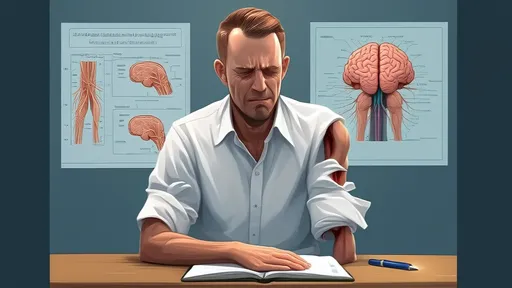
By /Jun 7, 2025

By /Jun 7, 2025

By /Jun 7, 2025

By /Jun 7, 2025

By /Jun 7, 2025

By /Jun 7, 2025

By /Jun 7, 2025
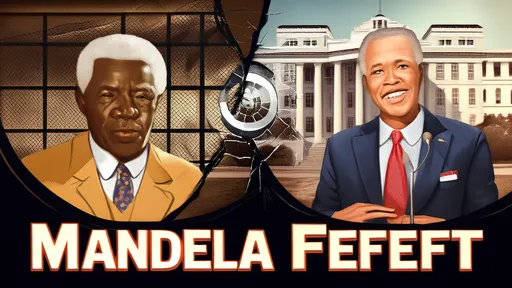
By /Jun 7, 2025
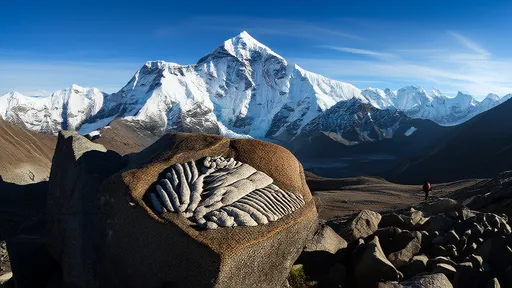
By /Jun 7, 2025
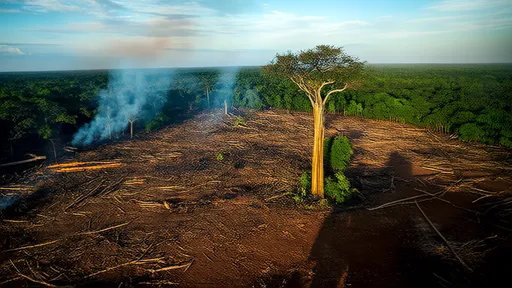
By /Jun 7, 2025
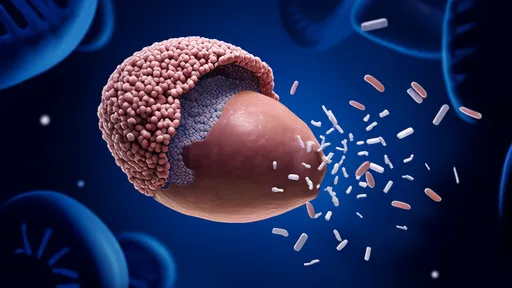
By /Jun 7, 2025
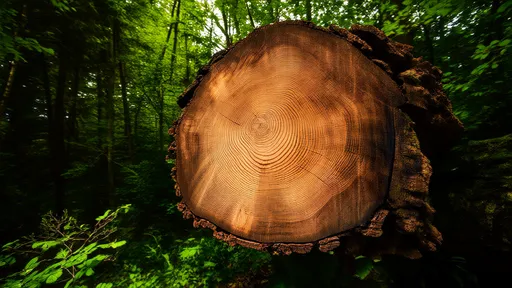
By /Jun 7, 2025
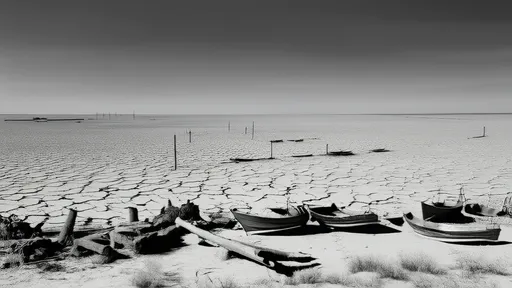
By /Jun 7, 2025

By /Jun 7, 2025
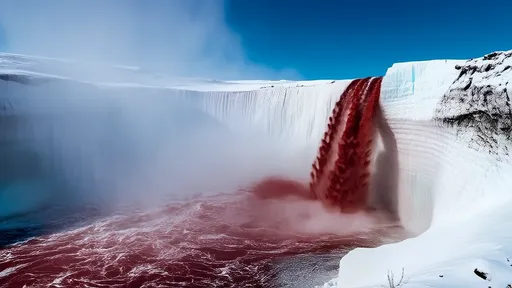
By /Jun 7, 2025

By /Jun 7, 2025
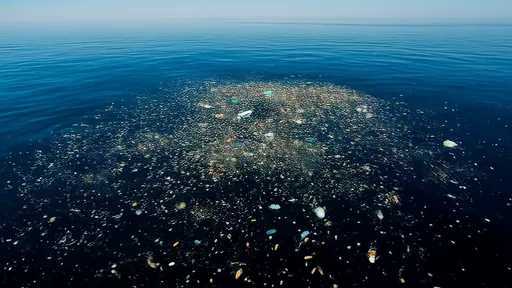
By /Jun 7, 2025
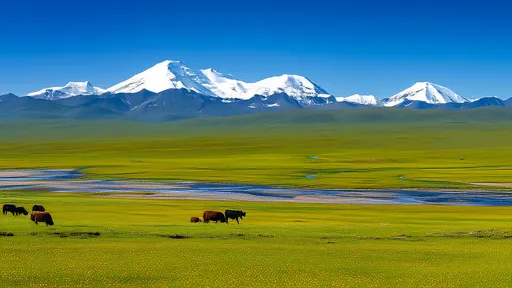
By /Jun 7, 2025